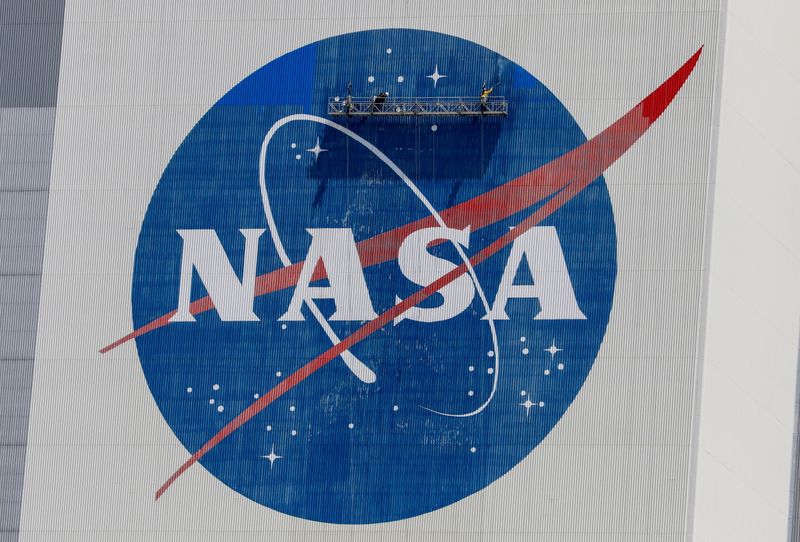
Microsoft developed a system based on
Artificial intelligence (AI) that will help ensure that the gloves of astronauts aboard the International Space Station (ISS) are in good condition, that is, they do not have wear or tear that could affect the safety of specialists who use them.
Development is of vital importance because astronauts carry out critical scientific missions in an environment where safety is paramount.
Gloves are used to install instruments or make repairs, among other tasks. Regular use may cause them to wear and tear, such as tears or cuts, which could pose risks to astronauts when carrying out their activities or handling certain artifacts.
Today, to avoid problems, astronauts working for NASA must take photos of the gloves after each spacewalk and send them to Earth for inspection. From there, NASA analysts examine the images for any damage that could pose a danger and then send the results back to the astronauts on the ISS.
To optimize this process, a Microsoft team along with NASA scientists and engineers from Hewlett Packard Enterprise are working on a system that uses AI and HPE's Spaceborne Computer-2 to scan and analyze images of gloves directly on the ISS, which could give autonomy to astronauts on board with support limited from the Earth, highlighted in the official blog of the computer giant.
The astronauts' gloves have five layers. The outer layer consists of a rubber coating that provides grip and acts as the first layer of defense. Then comes a layer of a cut-resistant material called Vectran.
The three additional layers maintain the pressure of the suit and protect against extreme temperatures in space, which can range from 180°F to 235°F.

The outer layer is designed to withstand a good number of situations, but when damage reaches the cut-resistant layer problems can arise. Gloves are more vulnerable between the thumb and forefinger, given the frequency with which these two fingers are used to grab objects, as explained in the published post.
“In addition, some areas of the ISS itself have been exposed to hazards such as micrometeorites for more than two decades. The impacts of these tiny particles have created numerous sharp edges on the handrails and other structural components. More dangers will be found on the Moon and Mars, where the lack of natural wind or water erosion means that rock particles look more like pieces of glass than pebbles or granules of sand here on Earth,” the statement highlighted.
To carry out proper monitoring, NASA began to collect new gloves and contrast them with others that exhibited wear. Once they gathered this material, they photographed it and proceeded to label the types of wear or damage identified.

The latter was done through Azure's Custom Vision cloud artificial intelligence system. The engineers opened the images of the gloves in a web browser and clicked on examples of damage.
That data was then used to train a cloud-based AI system and the results were compared to actual NASA damage reports and images.
The tool then generated a probability score to assess the possibility of damage at a particular location on the glove.
This training was used to develop the tool that can be used on the space station as follows:
Astronauts on the space station take photos of gloves that are sent to HPE's Spaceborne Computer-2 computer on board the ISS, where the Glove Analyzer model quickly looks for signs of damage in space.
If any problems are detected, a message is immediately sent to Earth, identifying areas for further review by NASA engineers.
“What we demonstrated is that we can perform AI and edge processing on the ISS and analyze gloves in real time,” Ryan Campbell, senior software engineer at Microsoft Azure Space, said in the statement. “Because we are literally next to the astronaut when we do the processing, we can run our tests faster than images can be sent to Earth.”
This technology used today for gloves could in the future be used in the verification of other critical components, such as docking hatches. In addition, Microsoft HoloLens 2 or another similar device may be able to help astronauts quickly perform a visual scan for damage to gloves, or even facilitate assisted repairs on different machines.
KEEP READING:
Últimas Noticias
Debanhi Escobar: they secured the motel where she was found lifeless in a cistern
Members of the Specialized Prosecutor's Office in Nuevo León secured the Nueva Castilla Motel as part of the investigations into the case

The oldest person in the world died at the age of 119
Kane Tanaka lived in Japan. She was born six months earlier than George Orwell, the same year that the Wright brothers first flew, and Marie Curie became the first woman to win a Nobel Prize

Macabre find in CDMX: they left a body bagged and tied in a taxi
The body was left in the back seats of the car. It was covered with black bags and tied with industrial tape
The eagles of America will face Manchester City in a duel of legends. Here are the details
The top Mexican football champion will play a match with Pep Guardiola's squad in the Lone Star Cup

Why is it good to bring dogs out to know the world when they are puppies
A so-called protection against the spread of diseases threatens the integral development of dogs




